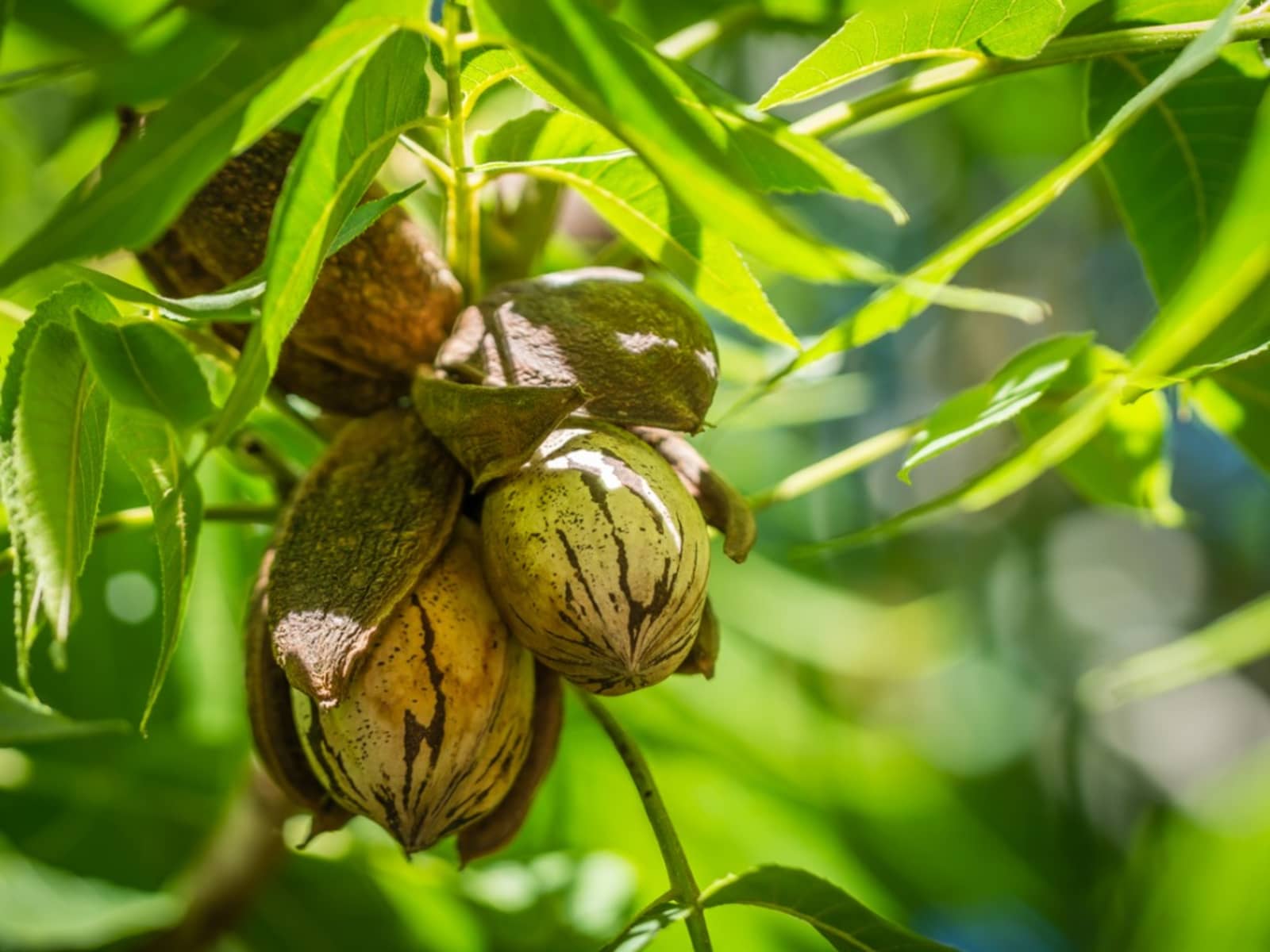
Check out these questions and answers pertaining to lawn repair, wild violets, and pecan fertilization.
Q. How do I reseed a section of the lawn that died this summer?
A. The goal of a lawn is to give a uniform appearance to the landscape. Dead patches of grass distract from that goal and should be reseeded. When selecting seed, try to purchase a species that is similar in color and texture to the existing turf. If you don’t remember what grass seed you used before, you could purchase a blend of grass seeds which may help blend the area into the existing turf. Before planting, remove the dead grass and loosen up the top 1-2 inches of soil. Leaf mold or compost can be worked into the soil at this time. Sprinkle seed over the area, being careful not to seed too heavily. It is not necessary to cover the seed with soil. Tamp the area down with the back of a steel rake to insure good seed to soil contact. Straw mulch should be lightly applied on sloping sites or areas you will not be able to water daily. Water the area with a fine mist spray. Keep the area moist until the grass becomes established which might require you to water two or three times per day. Once you see grass emerging, you can water less often but for longer periods of time to encourage deep roots to form.
Q. How do I control the wild violets in my lawn?
A. Wild violets are perennial weeds with large root systems. Many products are labeled for their control including 2,4-D, Dicamba, and Quinclorac. These products may be sold under different names and in different combinations with each other. Because of the waxy leaf surface on wild violets, adding a commercially available spreader-sticker product to the mixture will give you better control. Because of their root system, one treatment will not do it. Multiple applications timed for fall (just before wild violet enters dormancy) and spring (just as the plant comes out of dormancy) will eventually kill the plant but it may take up to three years.

Q. How much fertilizer should I use to ensure my pecan trees have a good crop?
A. For mature pecan trees starting to bear a nut crop, fertilization is one of the most important practices you can do. The right amount of fertilizer should cause the tree to grow 6 inches of new terminal growth on the branches every year. A general recommendation on how much to apply is 4 pounds of a complete fertilizer, like 10-10-10, for each inch of trunk diameter, measured at 4 ½ feet from the ground. Broadcast the fertilizer under the tree’s canopy in mid to late-February. Pecans also need an additional application of zinc to avoid diseases caused by zinc deficiency. The general recommendation is 3 to 5 pounds of zinc sulfate for large trees each year. You should also test your soil’s pH and make the recommended adjustments to maintain a pH of 6.0 to 6.5.






